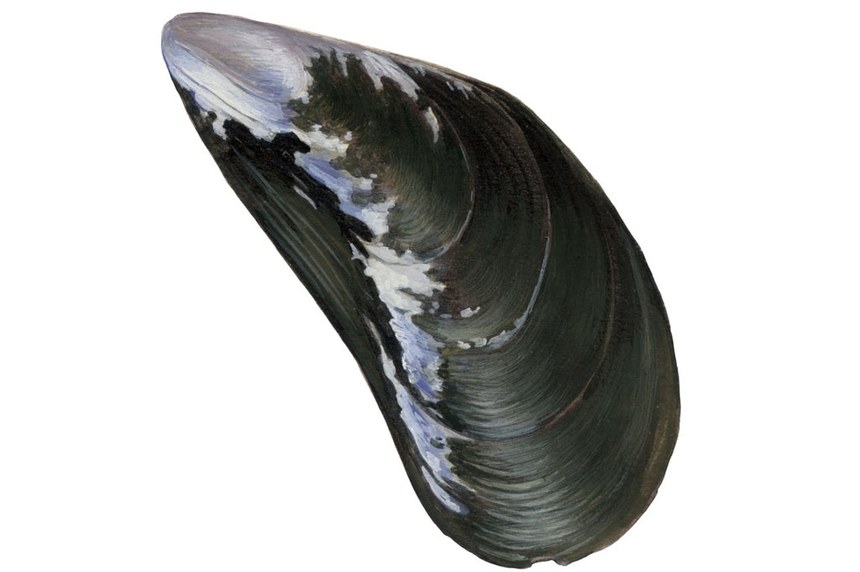- Certifier :
- MRAG Americas, Inc.
- Certified status :
- Combined with another assessment
- Certified since :
- 26 Mar 2012
- Certificate expires :
- 06 Jun 2017
Overview
Fisheries are composed of one or more parts, each of which is entitled to receive an MSC certificate. These parts or “units” are defined by their target stock(s), fishing gear type(s) and if relevant vessel type(s), and the fishing fleets or groups of vessels.
Attention
Some or all units that participated in this fishery are now covered by another assessment. Please see the DFPO Inner Danish Waters blue shell mussel for more information.
About this Fishery
Five vessels are involved in this fishery on the east coast of Jutland and in the Isefjord, Denmark. It has been certified since 2012.
The mussels occupy a broad range of microhabitats, reflecting their ability to withstand wide variation in salinity, desiccation, temperature and oxygen concentration. They can be found on any substratum providing a secure anchorage such as rocks, stones, gravel, shingle, dead shells, mud and sand. In Jutland’s Limfjord, the mussels form stabilised mussel beds of interconnected mussels and dead shells. Competition for limited food means growth rates in mussel beds are much lower than the reported 9 per cent daily growth of suspended mussels.
The mussels are fished by one or two traditional ‘Dutch’ dredges on each vessel. Various regulations govern the size of the steel dredges, which are 2 metres wide with a maximum weight of 100kg. A 2-3 metre bag is attached to the frame, its bottom part made of chain link matrix and its upper part made of nylon mesh. Bars are fitted across the mouths of the dredges to prevent the entry of boulders and other unwanted material.
Blue Mussel (Mytilus edulis) image © Scandinavian Fishing Year Book
Market Information
The East Jutland harvest is 685 tonnes, with 825 tonnes coming from Isefjord (2010). The mussels are sold across mainland Europe, either fresh or processed and canned.
